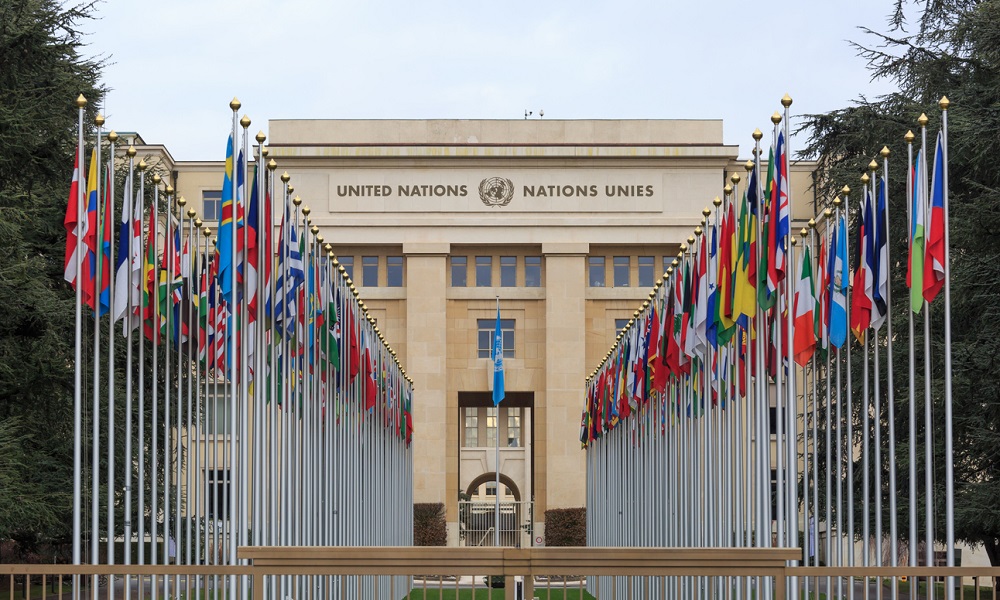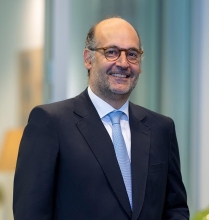The Multilateral Investment Court Project: The ‘Judicialization’ of Arbitration?

The United Nations Commission on International Trade Law is working on the creation of a multilateral investment court (MIC), a body that would replace the old EU bilateral Investor-State Dispute Settlement system.
Investor-State Dispute Settlement, or ISDS, was established in 1966 by the Convention on the Settlement of Investment Disputes between States and Nationals of Other States – a multilateral treaty formulated by the Executive Directors of the World Bank to further the Bank’s objective of promoting international investment.
ISDS is now one of the most prevalent mechanisms of ad hoc dispute settlement, found in virtually all the 3000-plus international investment agreements in force around the world. Despite this, the ISDS model has received a lot of criticism, in recent years. The most commonly identified problems regard the lack of transparency in investment disputes, the lack of inconsistency and predictability of the decisions, the role and independence of the arbitrators, the doubts on legitimacy and the ‘chilling effect’ on state regulatory powers and the high administrative costs.
This situation has led the European Union (EU) to support the need for systemic reform and to replace the old ISDS system by the creation of a permanent body to resolve investment disputes, especially designed to address the above concerns.
The EU has initially tried to meet this goal on a bilateral plane with the inclusion of the Investment Court System (ICS), firstly in the proposed Transatlantic Trade and Investment Partnership (“TTIP”), and later in commercial trade agreements with Canada, Singapore and Vietnam. It has soon noted, nonetheless, that due to its bilateral nature the ICS would not meet the problems it was meant to address. Accordingly, in July 2017 the EU sought toraise the debate to a multilateral (and overarching) level, beforethe United Nations Commission on International Trade Law (UNCITRAL).
The negotiations to set up the framework for a multilateral investment court (MIC) have already started among the UN Member States and the UN Security Council has already adopted and published, on 20 March 2018, the directives for UNCITRAL to negotiate the establishment of a MIC.
Here are, according to the Negotiating Directives and the most recent reports on the works, some of the key features of the MIC project and the main differences to the ISDS mechanism:
- The MIC is meant to function on a multilateral level and shall be open for signature and accession to all interested States (disputes arising under future and existing investment treaties);
- The MIC is expected to be a permanent international institution, while in the ISDS model the tribunals are set up on a case by case basis;
- As regards the judges: the MIC shall have a permanent body of highly qualified judges, obliged to adhere to the strictest ethical standards (strong rules on ethics and conflict of interests, including a code of conduct for the Members of the Court). The method of appointment of the Members of the Court shall also provide also for regional balance and gender representation in addition to ensuring the efficient and effective management of the Court.
- In order to safeguard all necessary guarantees of impartiality and independence, judges are expected to receive a permanent remuneration and be appointed by the State members, through an objective and transparent process, for a fixed, long and non-renewable period of time and enjoy security of tenure. They shall also be adjudicated to each case on a random basis. This means that, unlike ISDS, judges will no longer be nominated by the disputing parties.
- By sitting permanently and deciding cases over time, judges are expected to deliver consistent decisions and avoid, as such, the argument of the inconsistency and unpredictability of ISDS decisions;
- The MIC should be composed of a tribunal of first instance and an appeal tribunal. The appeal tribunal should have the competence to review decisions issued by the tribunal of first instance, on the grounds of errors of law or manifest errors in the appreciation of facts or, as appropriate, serious procedural shortcomings. This is one of the most significant innovations of the project, since in the ISDS model parties can only seek for the annulment of the decisions and based on very limited grounds;
- As regards costs: the MIC is expected to allow for economies of scale, as it could cover disputes arising under the bilateral investment agreements which all member states of the MIC have in place;
- The Convention for the establishment of MIC should include appropriate procedural safeguards, including provisions against frivolous claims. It should also be explored whether the Convention should include amicable dispute resolution mechanisms and other procedural provisions on, among other things, parallel claims or joint interpretations;
- Finally, the MIC shall publish online details of all aspects of its work, including its decisions; open all hearings to the public; and allow third parties (NGOs, trade unions, consumer groups, business associations) to make submissions. Again, this may be a rather significant innovation, since there is currently very limited information published either on the existence of ISDS investment disputes or the substantive aspects of the case and the decision. The MIC is expected, with this, to address the criticism for the lack of transparency.
For the EU, the MIC would replace the bilateral investment court systems included in EU trade and investment agreements. Both the EU-Canada Comprehensive Economic Trade Agreement (CETA) and the EU-Vietnam Free Trade Agreement foresee setting up a permanent multilateral mechanism and contain a reference to it. The EU now includes similar provisions in all of its negotiations involving investment.
Considering the key features underlined above, and the replacement clauses set up in these later agreements, one can only but wonder whether there will still be room for real arbitration between States and private investors, within the EU, once the MIC is set up and fully replaces the ISDS mechanism. This is not a small change and questions may be posed whether this new framework for the resolution of international investment disputes will actually meet the investors’ main reasons to go for arbitration, such as the informality and the simplified rules of evidence and procedure, the control over the arbitrators’ selection and the privacy and confidentiality of the proceedings and terms of the final resolution.
The negotiations at UNCITRAL are still going on and much remains to be determined by the Member States. Hopefully many of these queries will find an answer on the final framework of the MIC. We shall wait and see.
Contact

